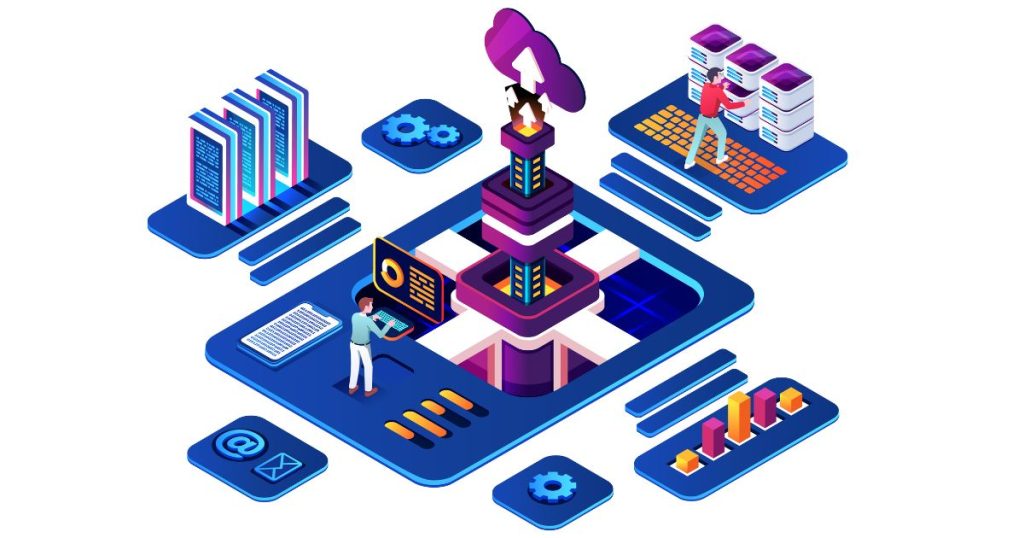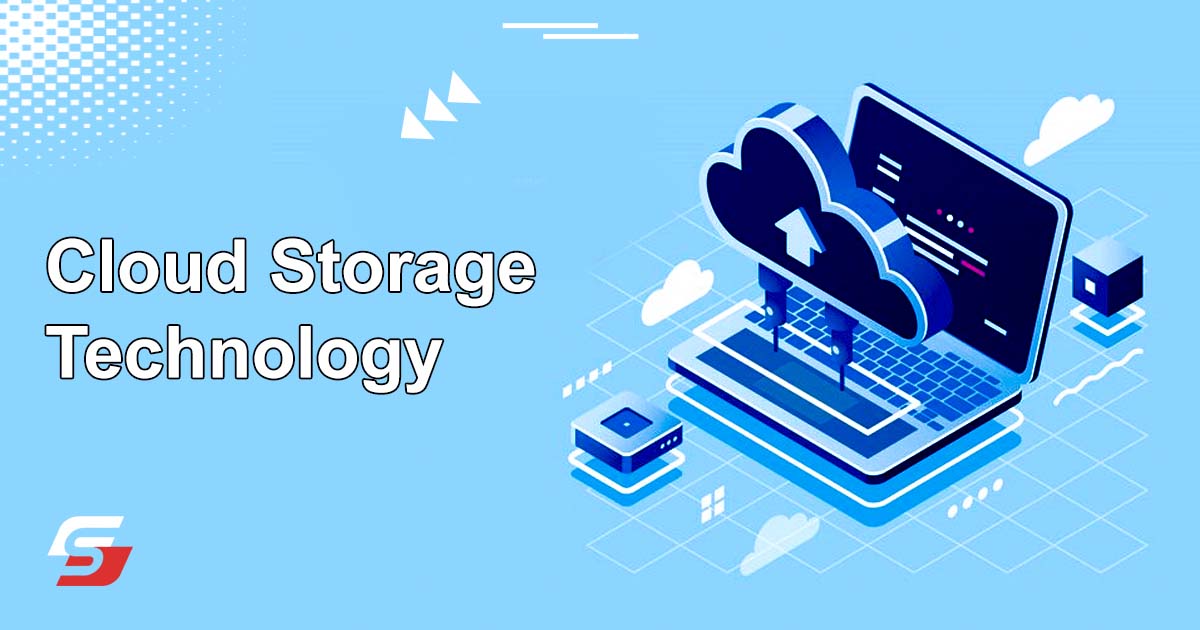Cloud storage technology is revolutionizing continuously with the development and integration of new tools and artificial intelligence algorithms. Consequently, it is making its way to industries and businesses where it offers serious advantages. Owing to its exceptional perks and brilliant innovations in recent times, companies are actively looking to integrate this technology into their working approach.
In this guide, we have elaborated on crucial aspects of cloud storage, including its architecture, types, benefits, and drawbacks. In this way, you can have a complete idea about this technology’s brilliance.
What is Cloud Storage Technology?
Cloud Storage is a service model that generally works on remote servers to process and store the data and is accessible with the help of the Internet. Thus, it does not require any physical device to store the information.
The technology mainly relies on the network of numerous servers hosted by third-party providers. More often, these providers are termed cloud service providers (CSPs). All these servers are distributed across different data centers, which ensures redundancy, accessibility, and reliability.
Architecture of Cloud Storage Technology
Cloud storage technology involves a solid combination of hardware and software components in its complete architecture. Otherwise, this technology is non-functional. Furthermore, nods and data centers are other crucial parts. In the following section, we have elaborated on all the crucial components of this high-end technology.
Hardware
The hardware components consist of servers, storage devices, and networking infrastructures, like routers, Wi-Fi gadgets, and devices like PCs or laptops. With their help, you can access cloud storage platforms.

Software
The software part includes elements like operating systems, file systems, and several other protocols. Generally, they are beneficial for data storage, retrieval, and management to ensure smooth performance.
Storage Nodes
These are physical servers whose main function is to store the data. They are interconnected with each other to form a dense network to ensure seamless information transfer and redundancy.
Data Centers
Data centers are large-scale facilities or rooms that incorporate numerous storage nodes, They are located all across the planet to make sure that the cloud storage technology not only has an optimized accessibility but also reduces the latency period.
Types of Cloud Storage Models
Cloud Storage models are of various types, each specified for a particular section of individuals to resonate with their requirements and preferences. The following are the most common types.
Object Storage
This storage type is especially ideal for unstructured data. The object storage stores the data as objects and gives each element a unique identity, as in the case of Amazon S3 and Azure Blob Storage.
Block Storage
Block storage is quite useful for structured data as it converts all the information into equal and fixed-sized blocks. Amazon EBS and Google Cloud Persistent Disk are the most common examples.
File Storage
File storage cloud technology stores and organizes the files in hierarchical structures. Some crucial examples of this type are Amazon EFS and Azure File Storage.
Advantages of Cloud Storage Technology
With time, cloud storage technology has faced multiple developments and improvements. Now, it is one of the most promising technologies and is making its mark in the world. Some of the key advantages of opting for this technology are the following.
Scalability
Cloud storage is highly scalable and can be increased or decreased based on users’ demands or requirements. This feature greatly benefits businesses as they can easily adapt to the latest changing requirements.
Cost-Efficiency
Another key benefit of this technology is that it is highly cost-efficient. It outsources the storage infrastructure to CSPs, eliminating the need to purchase high-end and expensive storage drives.
Accessibility and Collaboration
Unlike traditional storage devices, which can only be accessed from a specified place, cloud storage facilitates access to the data from any device with the help of a strong Internet connection.
Data Redundancy and Reliability
Data redundancy is the most unusual perk of cloud technology. The CSPs reroute the files from multiple servers and geographical locations, eventually enhancing data reliability and keeping it safe.
Challenges in Cloud Storage Adoption
Some of the critical challenges associated with cloud storage technology are explained below.
Security Concerns
Although cloud storage features multiple security measures, there are always chances of data breaches and unauthorized access. Additionally, compliance with data protection regulations is also a question mark.
Bandwidth Limitations
Using cloud storage technology is possible only with the help of an Internet connection. Consequently, people with a limited bandwidth connection may face trouble accessing it.
Vendor Lock-In
Adopting a specific cloud storage solution may limit transferring the data from one platform to another. Thus, it results in vendor lock-in, which reduces the benefits of this technology.
Future Trends in Cloud Storage Technology
Although tremendous developments have been made to cloud storage technology, experts are still trying to improve its functioning. The following are the major future trends.
Edge Computing Integration
Edge computing with cloud storage is an emerging trend that makes it easy to process and store data closer to the source from where it is generated.

Quantum-Safe Encryption
The integration of quantum computing will improve the security standards of this high-end technology and ensure long-term security.
AI-Driven Data Management
Artificial intelligence is also playing a role in enhancing the functionality of cloud storage technology. Automated tagging, categorization, and predictive analytics make it easy to manage the data.
Hybrid and Multi-Cloud Strategies
Adopting hybrid and multiple cloud storage devices is also getting into the trend as it allows you to leverage the benefits, like flexibility, cost-optimization, and performance.
Final Verdicts
Cloud storage technology emerged as one of the most critical parts of modern data storage technologies and strategies. With its remarkable functionality, operational tendency, and flexible approach, it is influencing top companies, enterprises, and businesses and becoming an indispensable tool for them.
The major benefits of opting for this technology are scalability, efficiency, and cost-effectiveness. While some major concerns like security controls and bandwidth limitations exist, technology specialists continuously seek the latest solutions to overcome them. The integration of edge computing, quantum encryptions, and AI data management are the steps toward it.


